2013-08-10. Today we visited ‘Doel’ which is an abandoned town in the Flemish province of Oost-Vlaanderen, Belgium. It is located near the river the Scheldt, in a polder of the Waasland. It is not a common thing for urban explorers to give away exact locations of their visited sites, but this will be an exception because ‘Doel’ a.k.a. ‘The Doolen’ has been visited by thousands of urbexers and even ‘normal’ tourists.
On 2013-08-09 we drove to Antwerp, Belgium (2.5 hours drive) to visit a friend of us. We could stay at his place all weekend. Antwerp is a very good starting point to visit Doel. We had plans to visit Doel on saturday; the day after, but first it was time to relax a bit and drink some beers in the city. At saturday our alarm went off at 7 AM and we hurried to the bakery to get some breakfast and some food for during the day. We ate our croissants during the drive to Doel which was only 20 minutes away from Antwerp. Along the way we noticed that everything got quieter by degree when we got closer to Doel. While enjoying our surroundings we suddenly arrived. Doel was our goal (which is actually funny because ‘Doel’ means ‘Goal’ in Dutch). As we drove the vast street and looked at the abandoned houses we were wondering if we could infiltrate any of these because they looked well shut. Most of the doors and windows were blocked using wood and we had to be carefull; some of these houses are still inhabited. Anyway, we drove further and parked my car at the parking lot near the old famous windmill to the northern side of Doel. It was now 8 AM and no folks to be seen. Perfect conditions for some urbexing. We grabbed our gear and went to the first house next to the parking lot. No problems for us to enter this building because the doors were open:
After exploring our first abandoned house we went on to the next one, and so on. We could not enter all of the houses but eventually we’ve managed to see a lot of them from within. Most of the time we had to walk thru the bushes and use a entry on the rear side of a house, because all doors and windows on the street side were shut proper, using wood and nails. Like the images above i captured a few more high dynamic range (HDR) images which i certainly like to share with you:
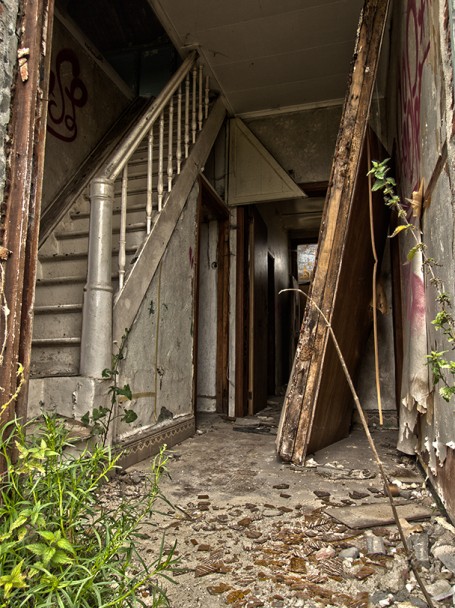
Beside HDR images i also captured ‘normal’ images during our drip to Doel:
The image slider above contains 25 images. You can expand these images to full screen size by clicking the ‘Expand Gallery’ button on top. By clicking the ‘Start Autoplay’ button you can sit back, relax and enjoy the image slideshow. If you are in a hurry you can use the arrowkeys on your keyboard to go to the next or previous image, more quickly.
Roundup:
Doel (The Doolen) is a wonderful place to visit for Urban Explorers. We had a great day photographing this abandoned town in Belgium. We found many of the houses were well shut using wood and nails, but often we just had to walk around the building to find a door or window that wasn’t closed, or security had already been breached. Try to visit Doel early in the morning. That’s when it still has the forgotten feel to it. Later during the day you will notice many people are visiting Doel. We even saw tourist busses and groups of cyclists. If you are a beginning urbex photographer maybe this is one of the best sites to start. You can really take your time capturing the images you like and it’s very unlikely to get caught by police or security. Ofcourse entering buildings is not allowed, keep that in mind. When you’re walking thru the town you get the feeling that noone cares anyway, but better be safe. To end this roundup i would like to give you two more tips. One, if you take UE photography seriously take your time! You might need all day to capture everything you like in The Doolen. The second, eat lunch at the old windmill which is located to the north of Doel (on your way to the power plant). The food is absolutely delicious there!
General Information:
The first mention of the village dates from 1267, when “The Doolen” name is first mentioned. Until the 18th century the village was an island surrounded by purposfully flooded land, with the remainder, north of the village, known as “The Drowned Land of Saeftinghe”. The “Eylandt den Doel” is completely surrounded by old seawalls. The dike encloses the hamlets of “Sweet Verge”, “Saftingen”, “Rapenburg” and “Ouden Doel” (Olden Doel). The polder Doel site is unique to Belgium and dates from the Eighty Years War (1568-1648). The typical checkerboard pattern dates from 1614, when these geometric farmlands were first mapped, and they have not changed very much over the years. This fact makes the village a rare example of regional urbanization. The village has many historic buildings, including the oldest stone windmill of the country (1611), and the only windmill on a sea wall. The Baroque Hooghuis (1613) that is associated with the entourage and holdings of the famous 17th century Antwerp painter, Peter Paul Rubens. Some of the other historical and cultural buildings in the town area are the “Reynard Farm” (De Reinaerthoeve), with a monumental farmhouse and barn. “De Doolen” is a historic school. “De Putten”, or “The Wells”, is a peat extraction area and has an historically unique 18th century farmstead and inn site “The Old Hoefyzer”, with one of the last remaining historic barns.
To the north of Doel one can find the Electrabel-owned Nuclear Plant Doel with 4 reactors with a total output of 2,8 GW delivering electricity to customers in Belgium, the Netherlands and Germany.
Doel is threatened with complete demolition due to the future enlargement of the harbour of Antwerp. This has seen many people having to sell their homes to the development corporation of that enlargement. Many historical buildings will be destroyed. According to a news conference and press release from August 20, 2008, “The Flemish Executive started last week with the demolition of the village of Doel on a massive scale. The historic village is situated in the vicinity of the Port of Antwerp. However there are still 200 inhabitants in the village who resist the demolition of their homes. That is the reason why the Flemish Executive resorted to sending a 100 strong squad of riot police to the village in order to force through the start of the demolition works. The sheer brutality and heavy handed approach of the Flemish Executive has left the remaining villagers humiliated and the wider region in a state of shock. The streets are strewn with rubble, big ugly gaps appeared in between the houses. The village now looks like a war torn zone. But still, the villagers show resilience and announced to go on with their resistance in a bid to save their village. An author says in one magazine article concerning the demolition of the village, “The Belgian village of Doel was reclaimed from the river Scheldt at the beginning of the 17th century. Three-hundred years later and the village that would grow behind the sea wall is under threat. The threat comes not from a failing dyke or an unexpectedly sudden rise in water levels, but rather from the expanding Port of Antwerp and its insatiable need for more and more land along the Scheldt in which to grow. Now, Doel, the last of the Belgian polder villages on the banks of the Scheldt near the North Sea, faces possible demolition. The construction of a large dock and container terminal capable of receiving deep-sea ships is already underway on a site immediately next to the village, and the Port Authority proposes building a second one where the village now stands. A memorial to British soldiers killed nearby during World War II was removed from the town square during the early morning hours in 2011, according to a BBC report.
Source: Wikipedia
![]()
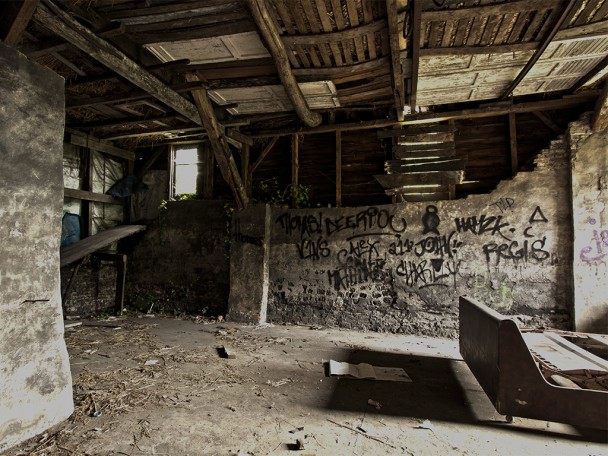
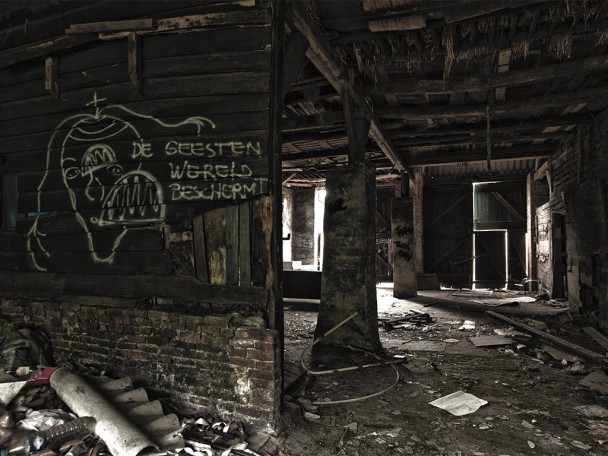
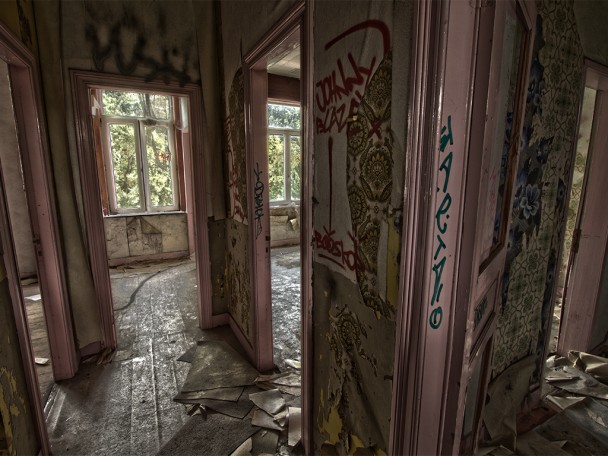
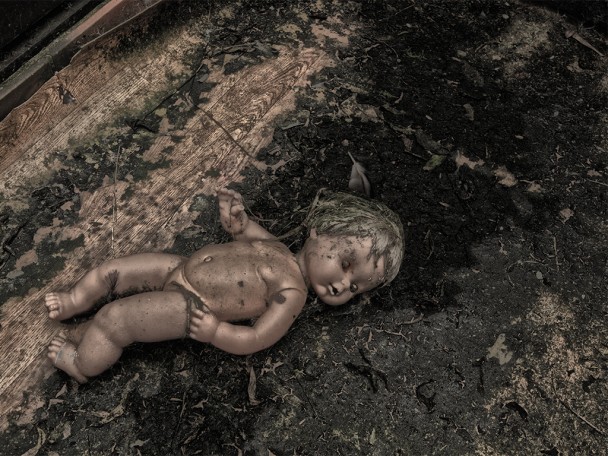
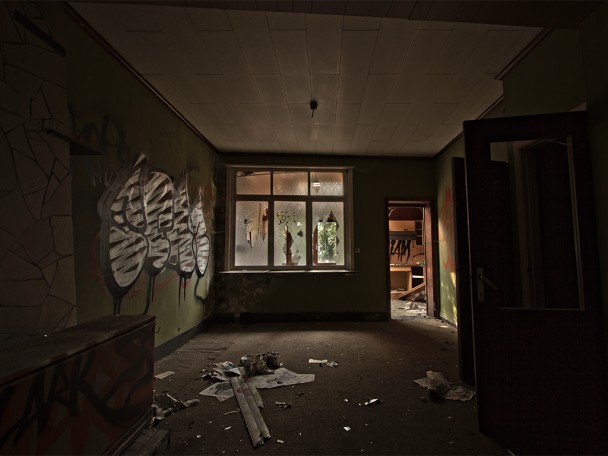
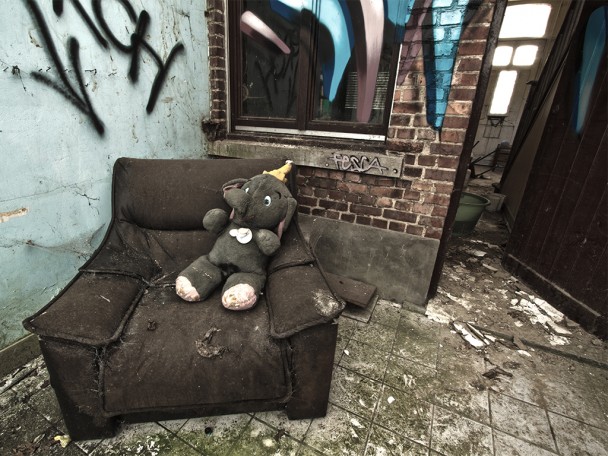
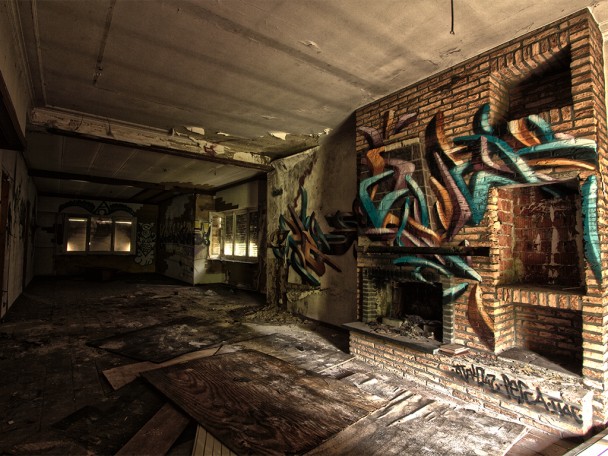
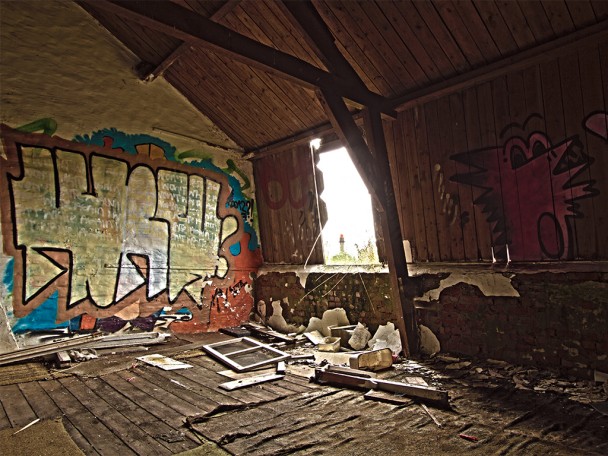
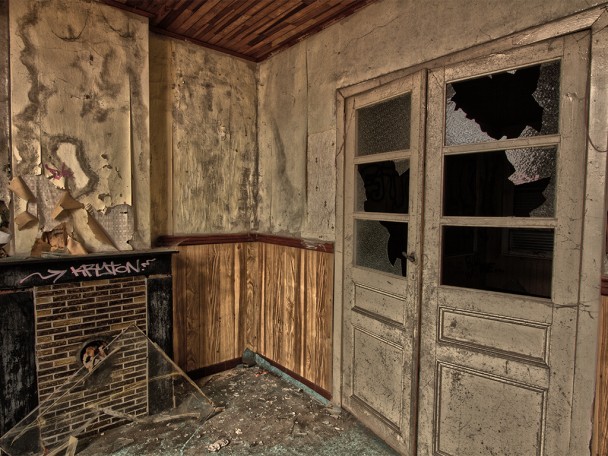
Comments